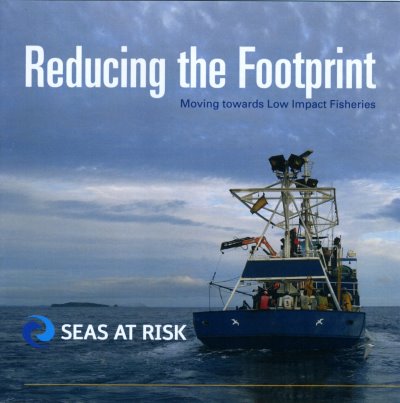 High impact fisheries come in many different guises. Bottom trawl fisheries "plough" the sea bottom and destroy the living space of many marine species. They also harm the ecosystem by catching lots of unwanted fish and invertebrate species that are subsequently thrown overboard dead or dying, so-called bycatch. It's also wasteful from an energy and general resource point of view. What we should strive for are low impact fisheries that do not harm or threaten ecosystems, habitats, and non-target species.
High impact fisheries come in many different guises. Bottom trawl fisheries "plough" the sea bottom and destroy the living space of many marine species. They also harm the ecosystem by catching lots of unwanted fish and invertebrate species that are subsequently thrown overboard dead or dying, so-called bycatch. It's also wasteful from an energy and general resource point of view. What we should strive for are low impact fisheries that do not harm or threaten ecosystems, habitats, and non-target species.
Here are some examples of how it can be done:
In most cases small-scale fisheries operate very selective gear provoking little collateral damage. Moreover, the food fish they produce, especially if distance to consumers is short, is of utmost quality, not to mention important employment effects both in developing and developed countries. They should be supported on a much bigger scale to advance in the direction of low impact fishing.
Click here for more information about low impact fishing as it is being discussed in Europe, particularly in relation to the reform of the European Common Fisheries Policy. The reform has been adopted, but it's still a long way to go.
Green lights at set gillnets tried in several settings reduced deaths of turtles by more than 60% without reducing the catches of targeted fish species. Click here for a summary of the experimental work carried out in Peru.
Desirable bottom trawling bans are being injected in the debate in many countries. Here, all citizens should have their say and take part.








